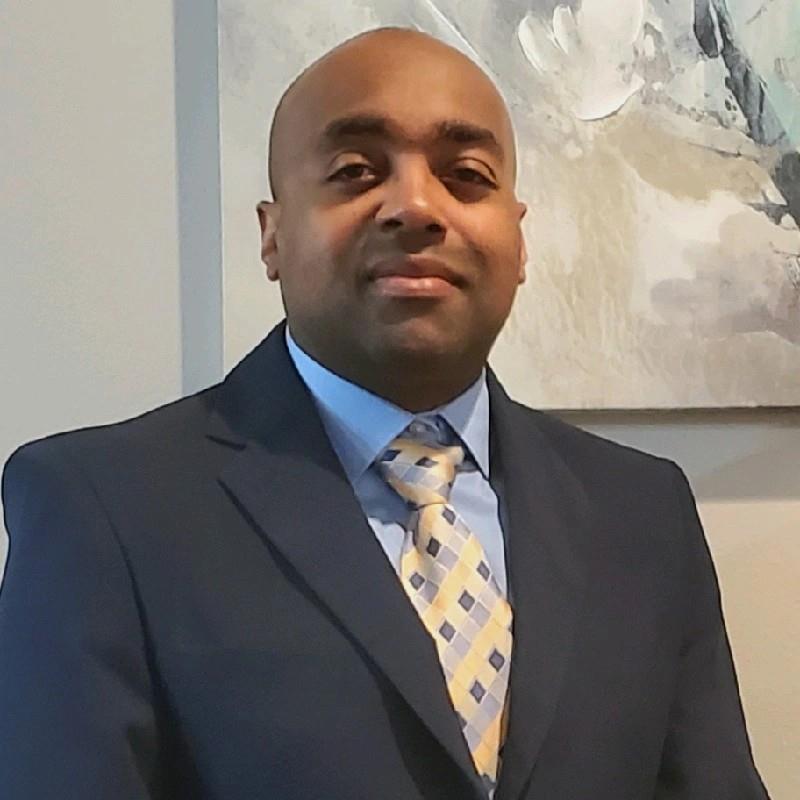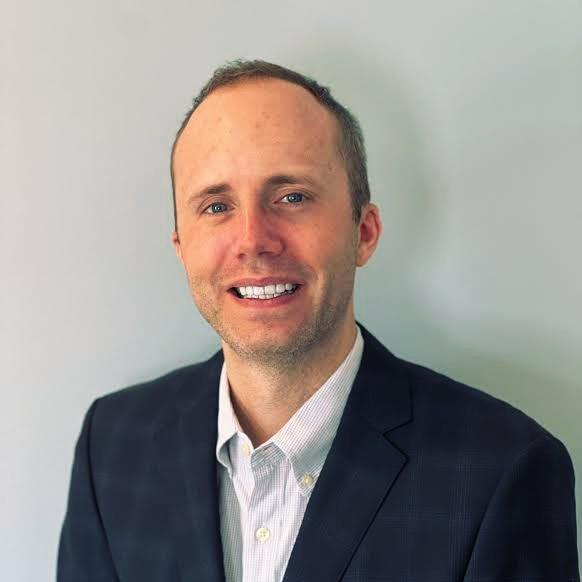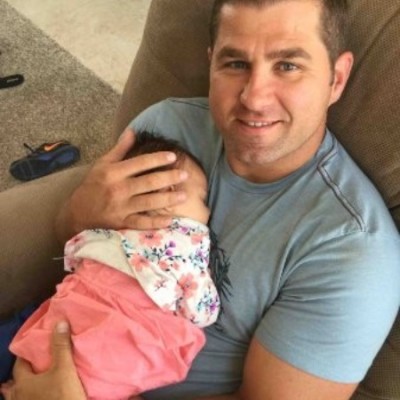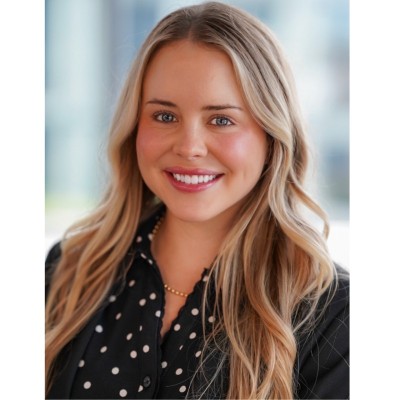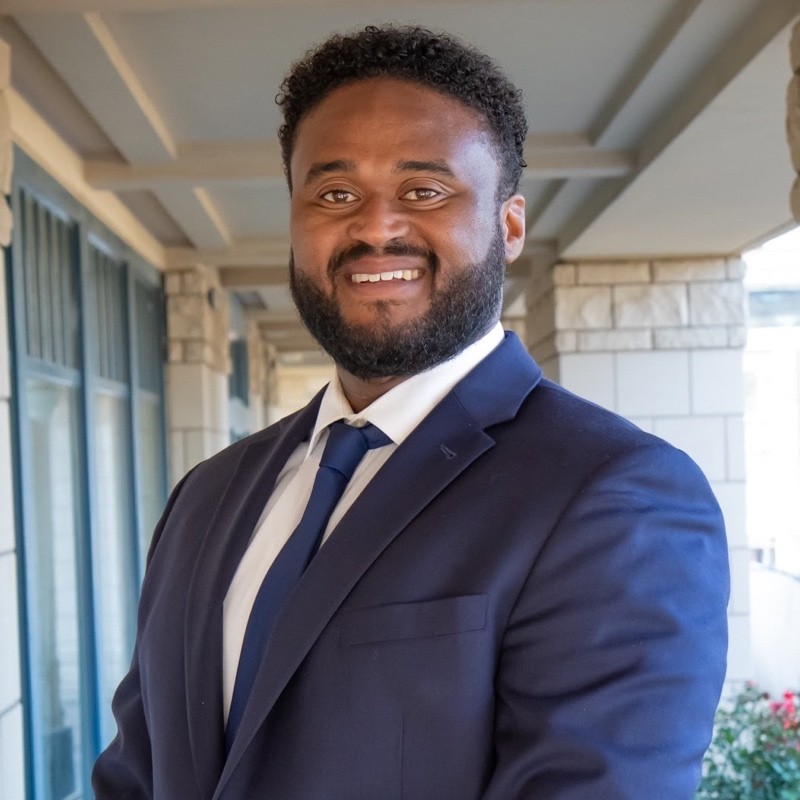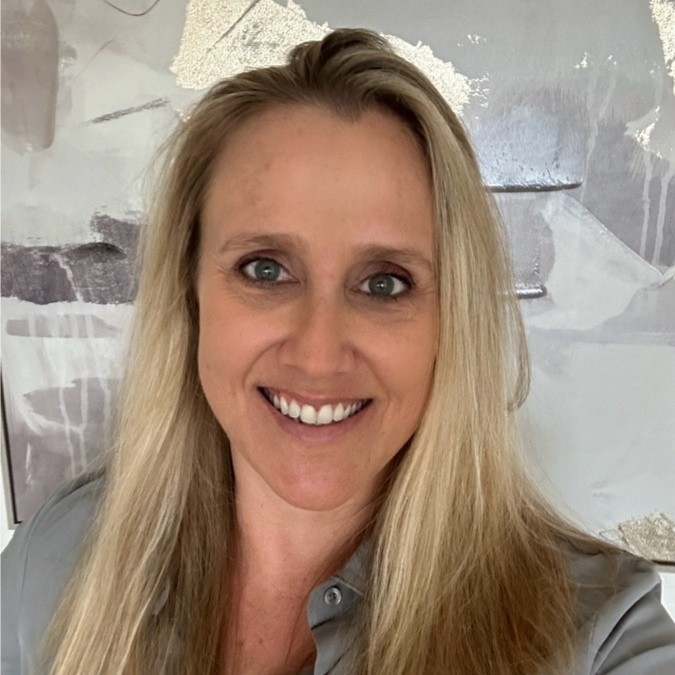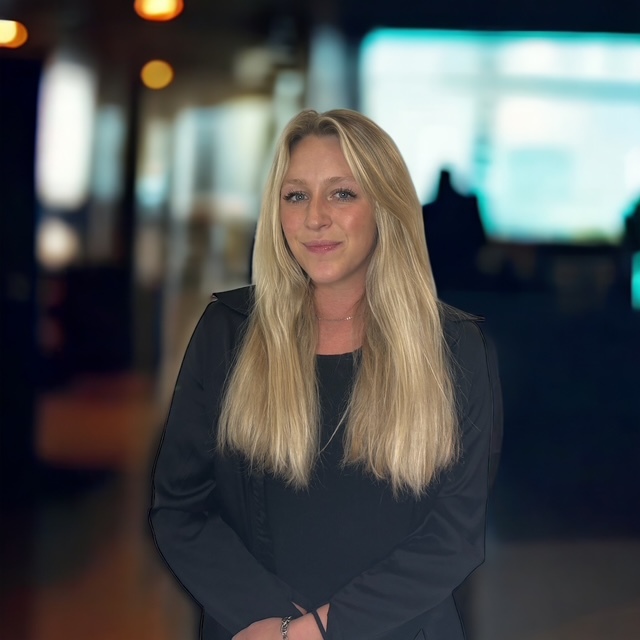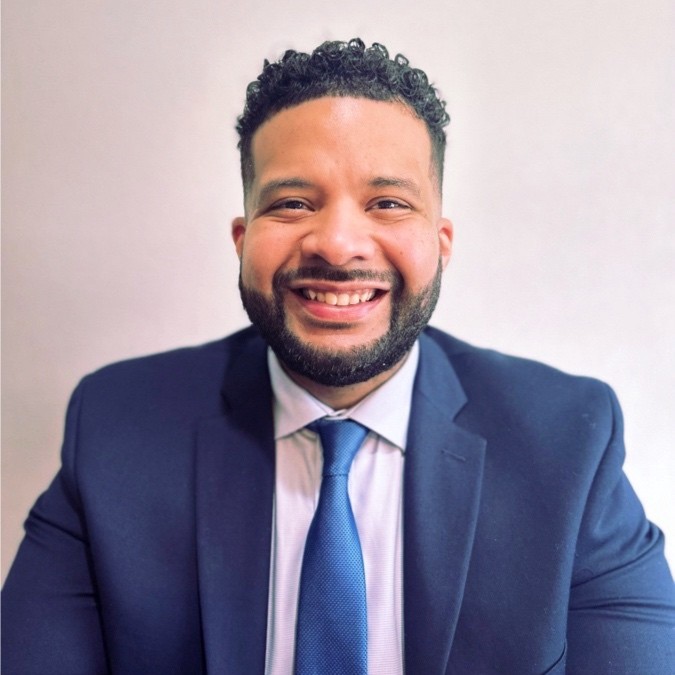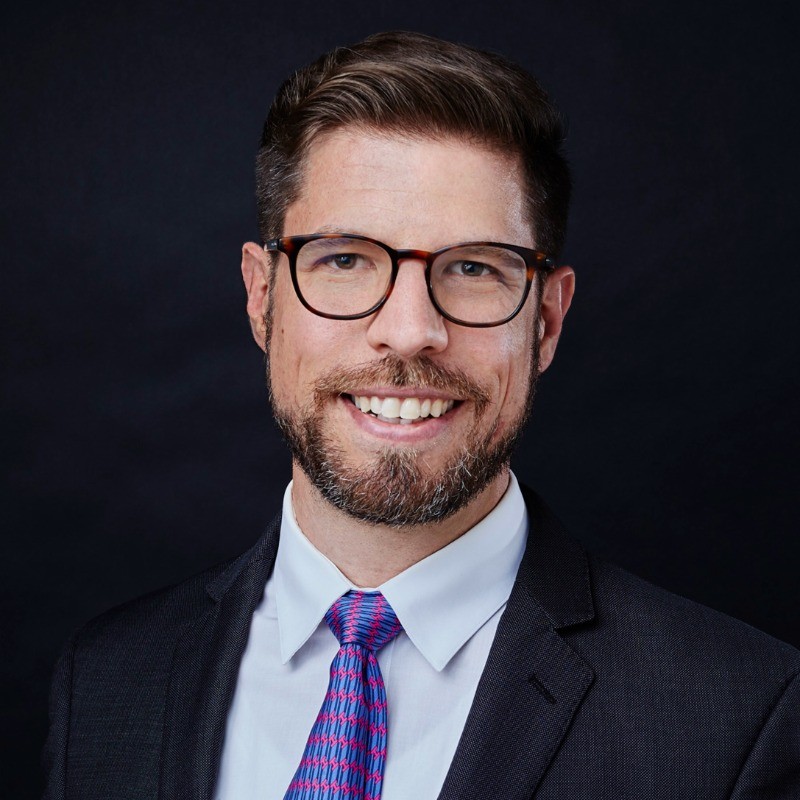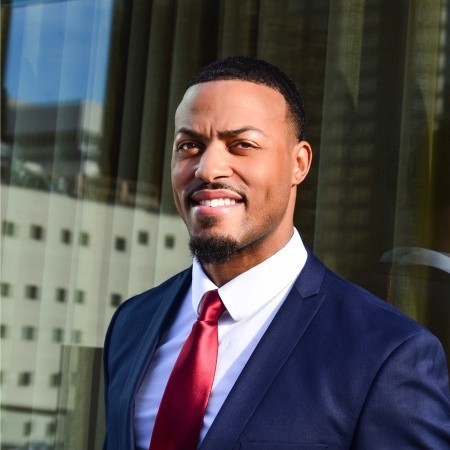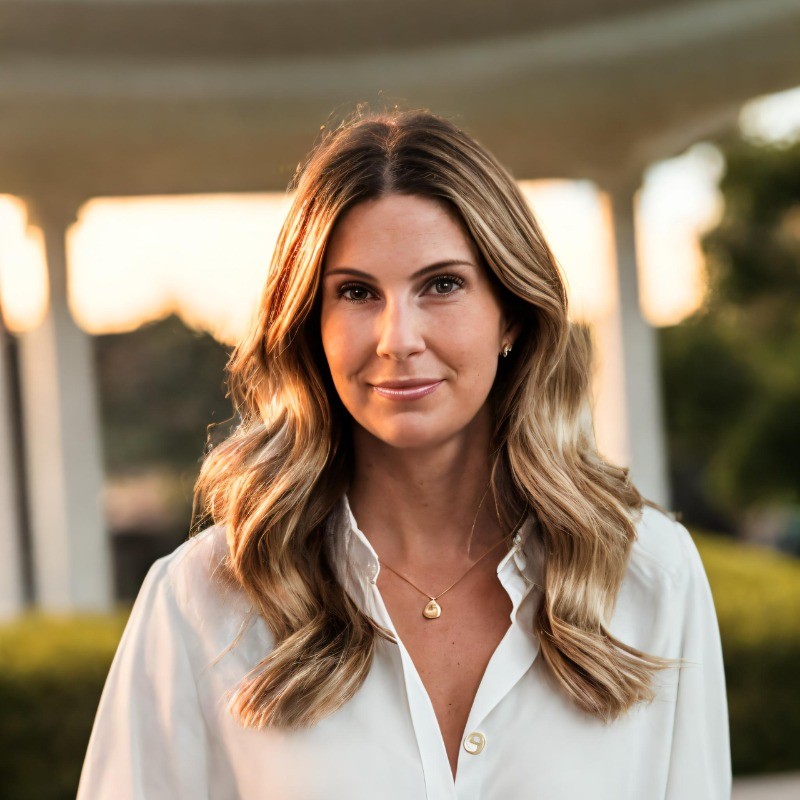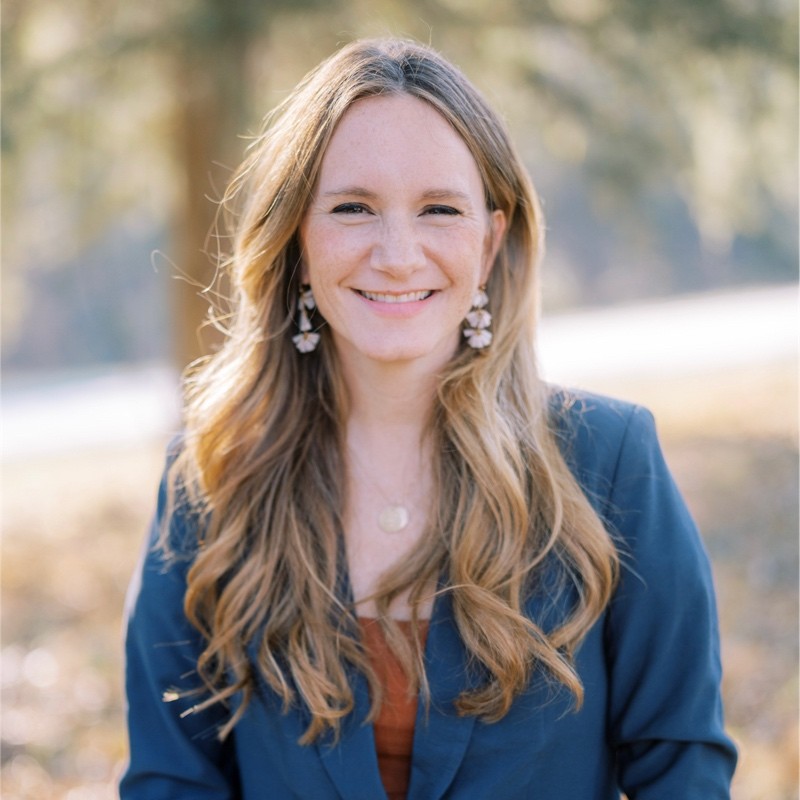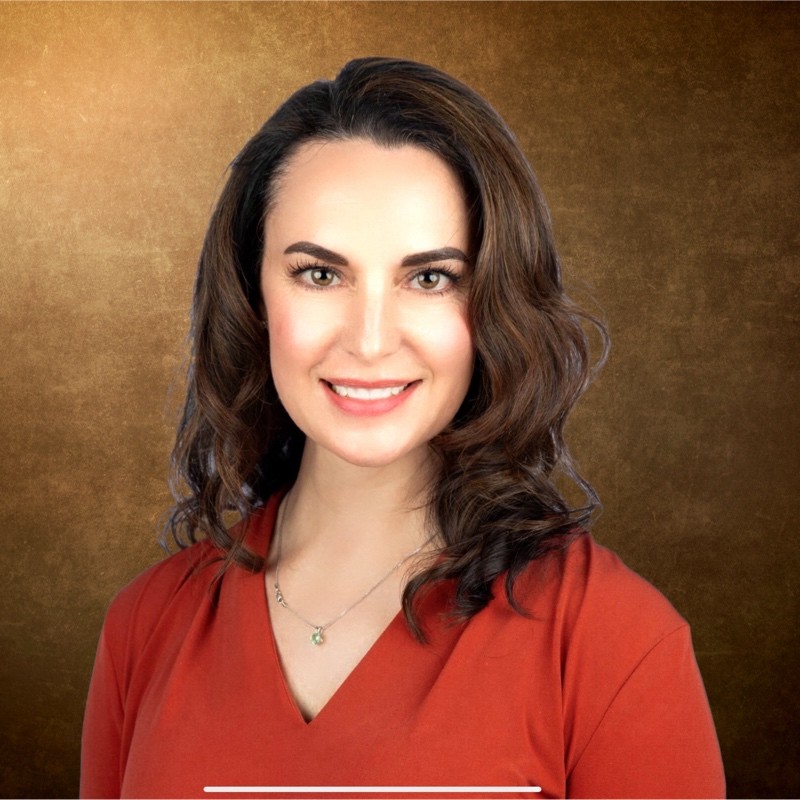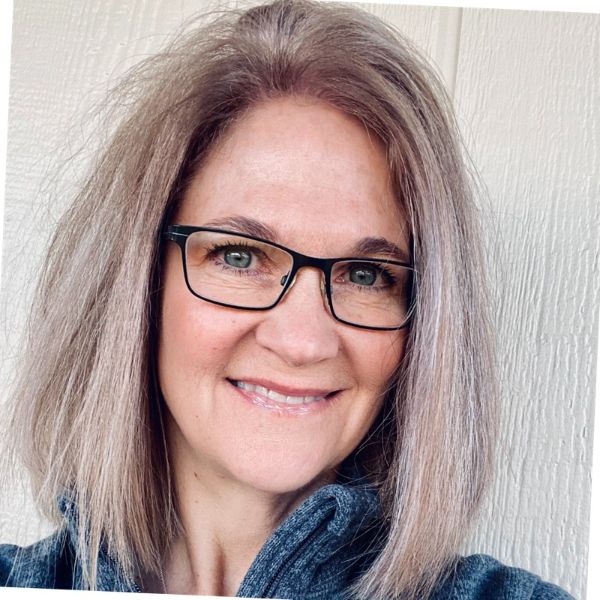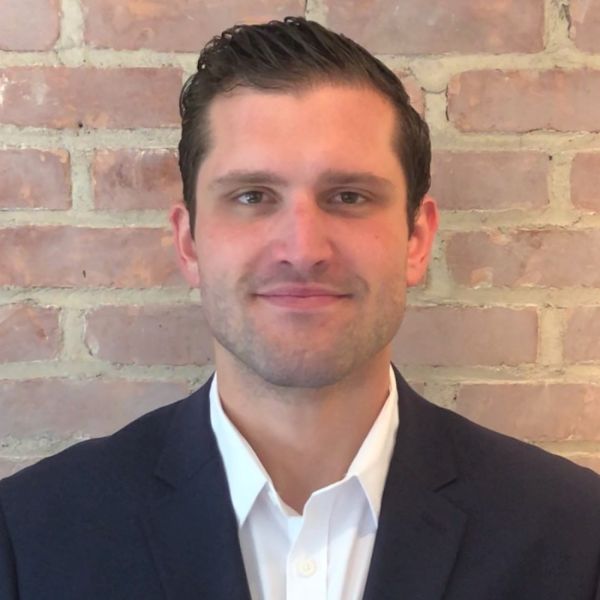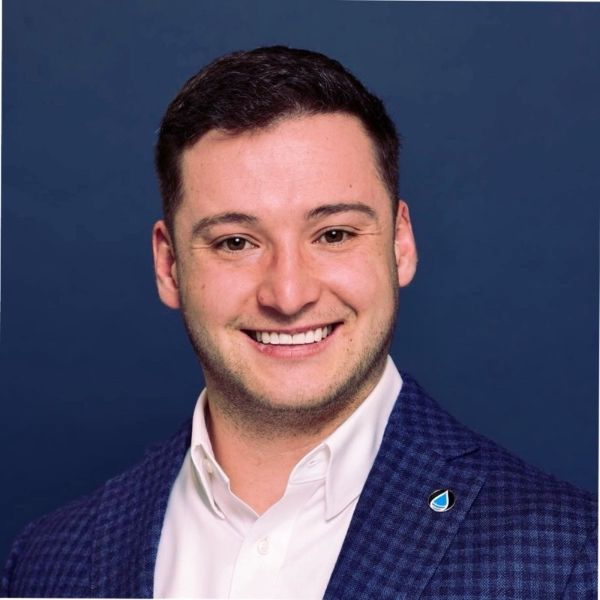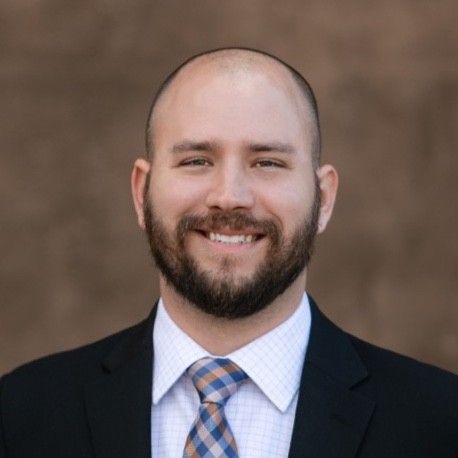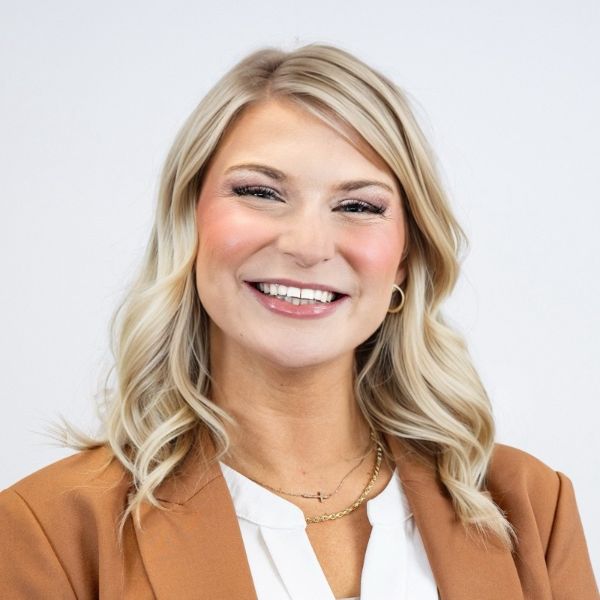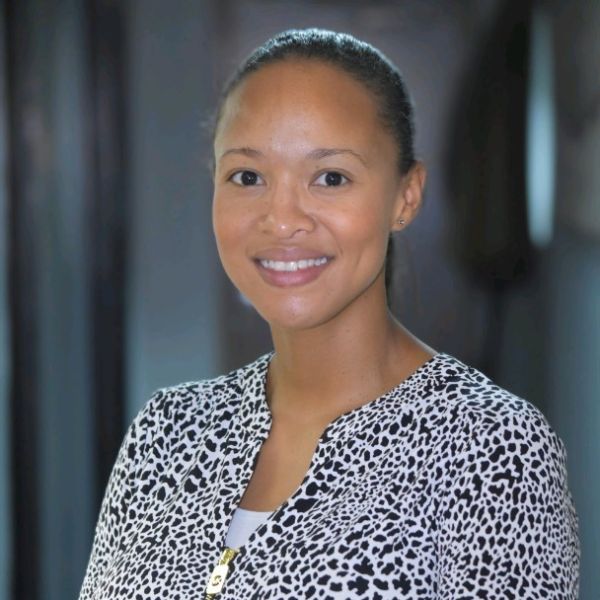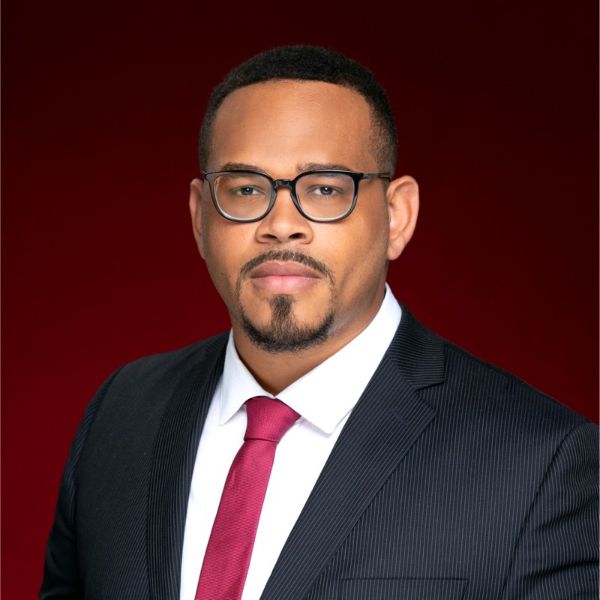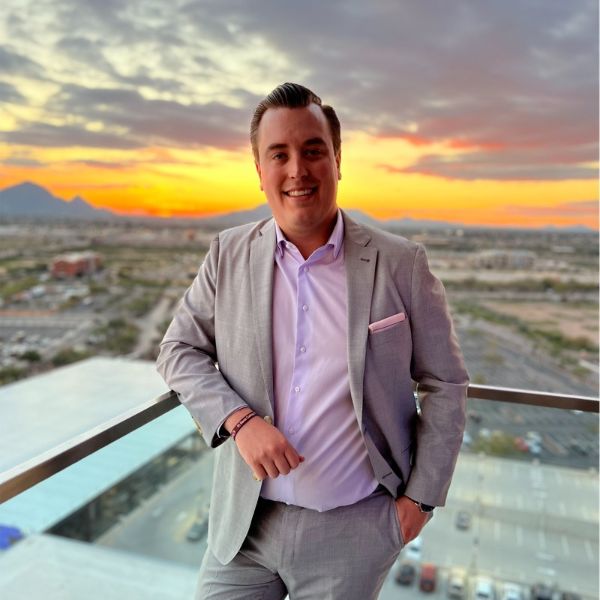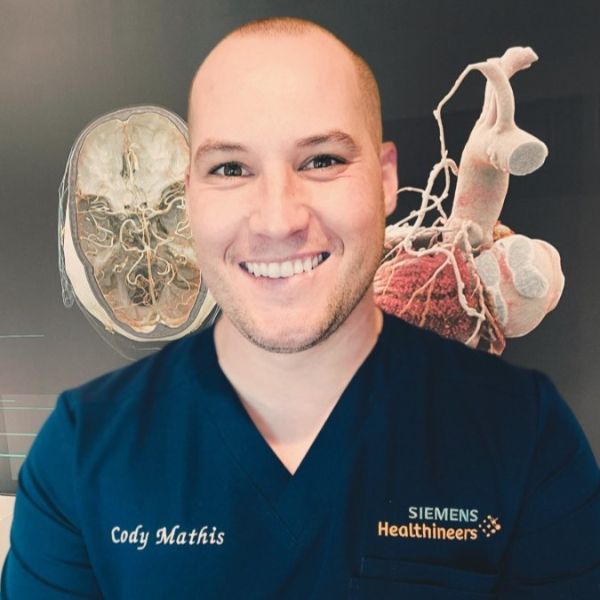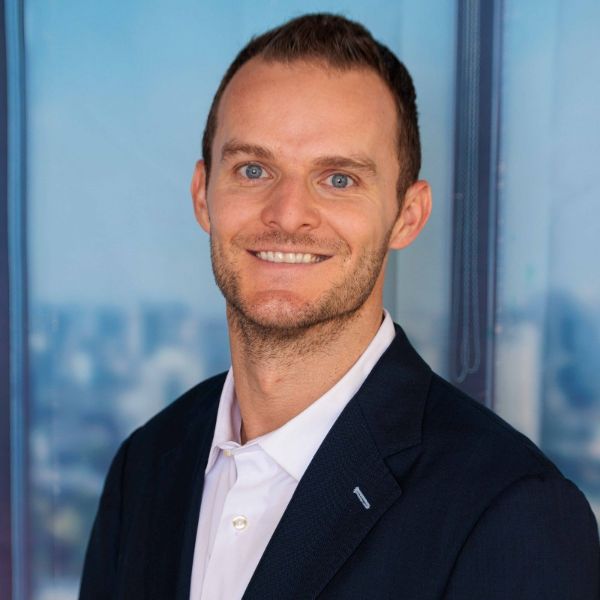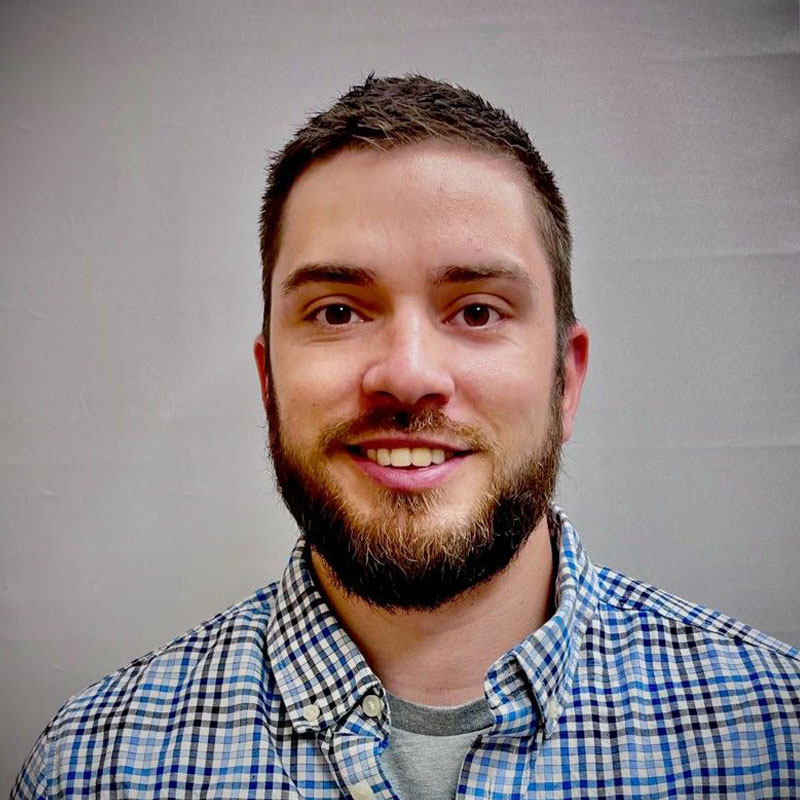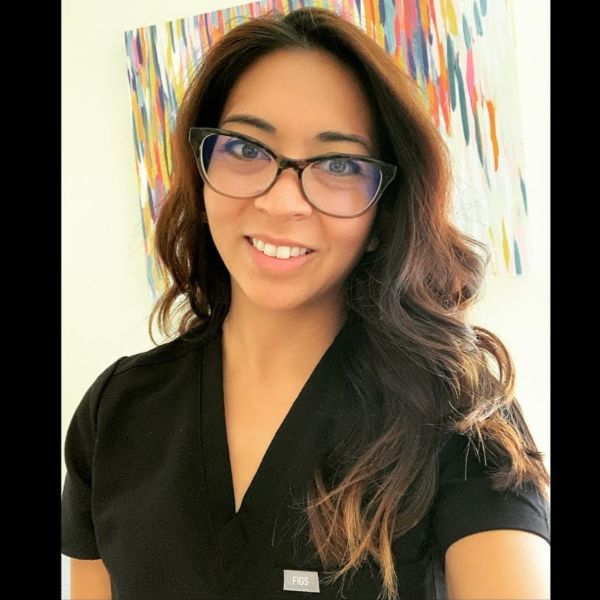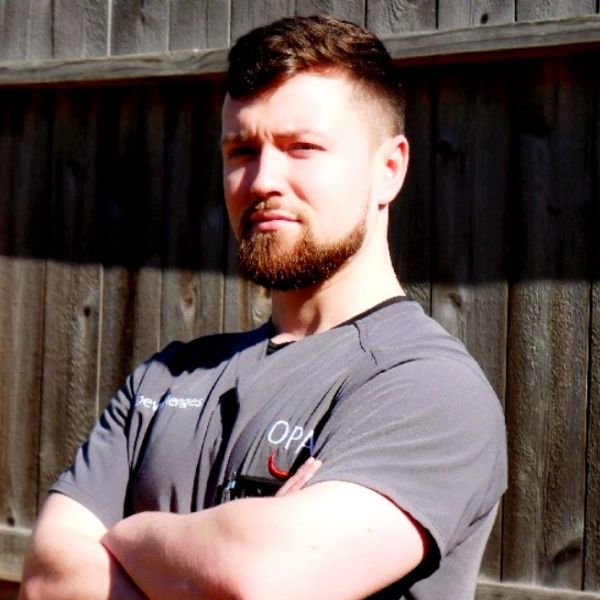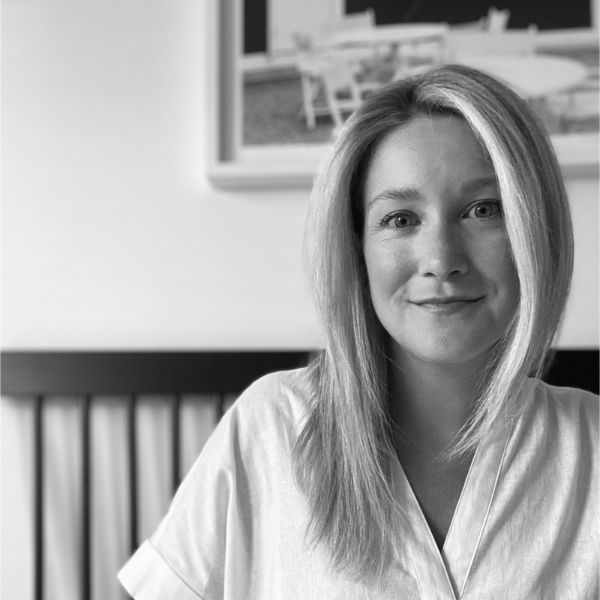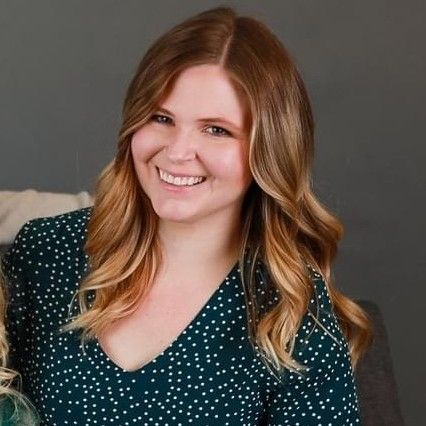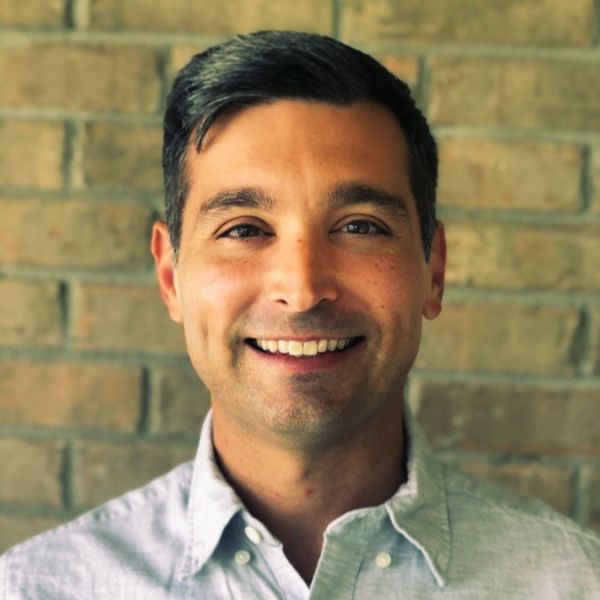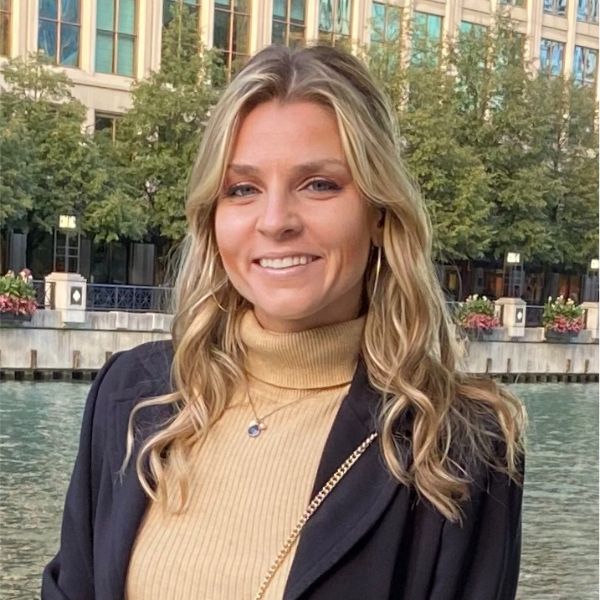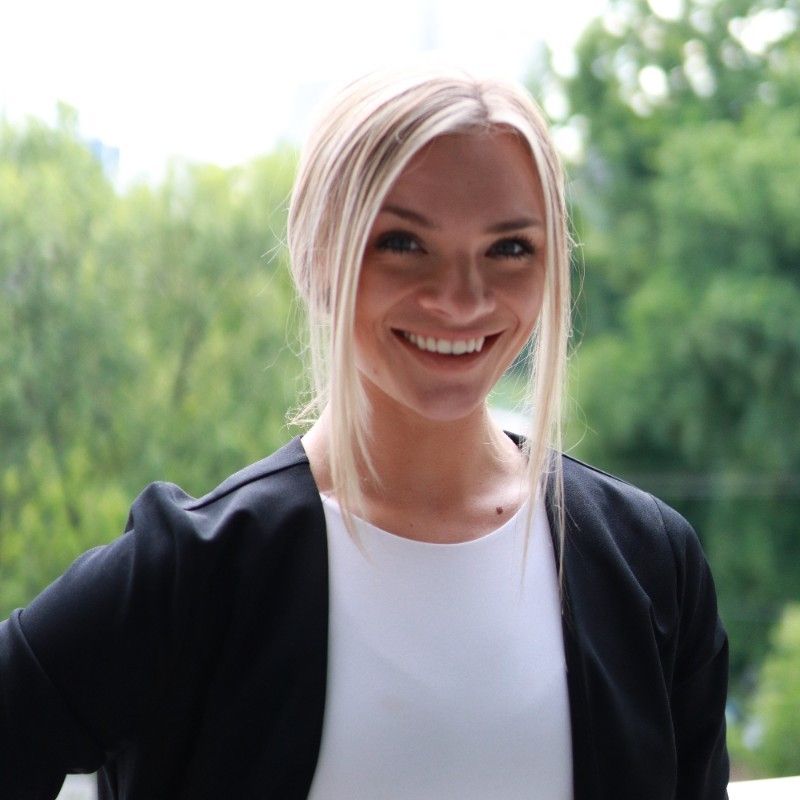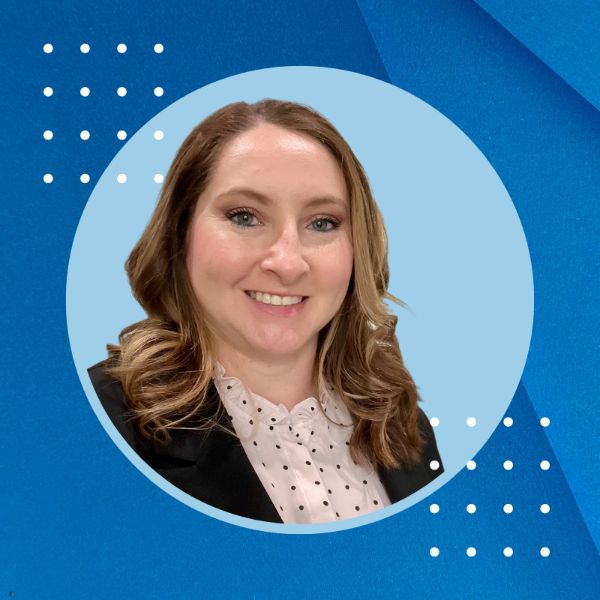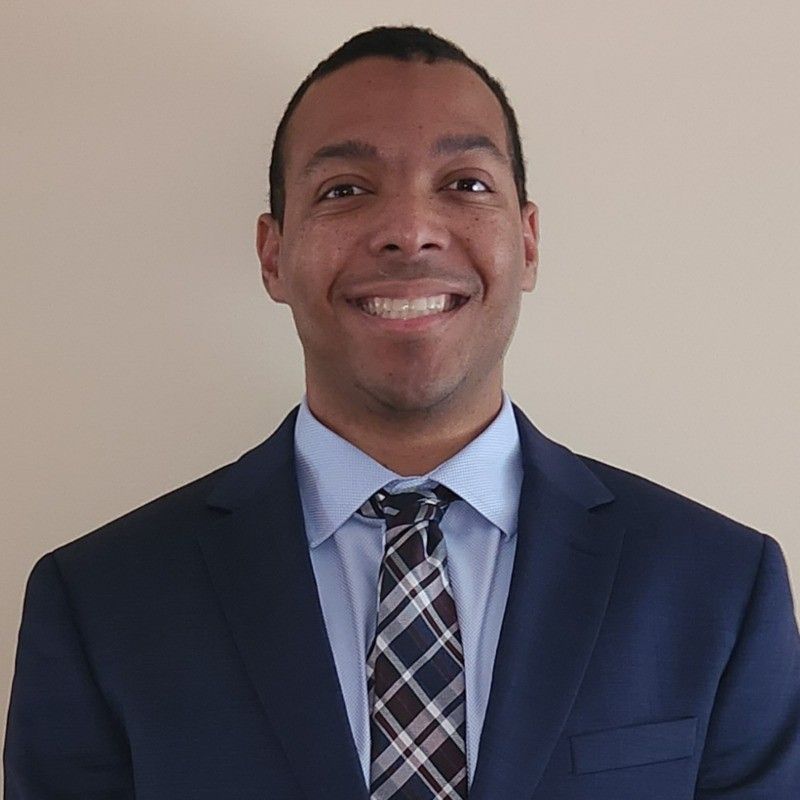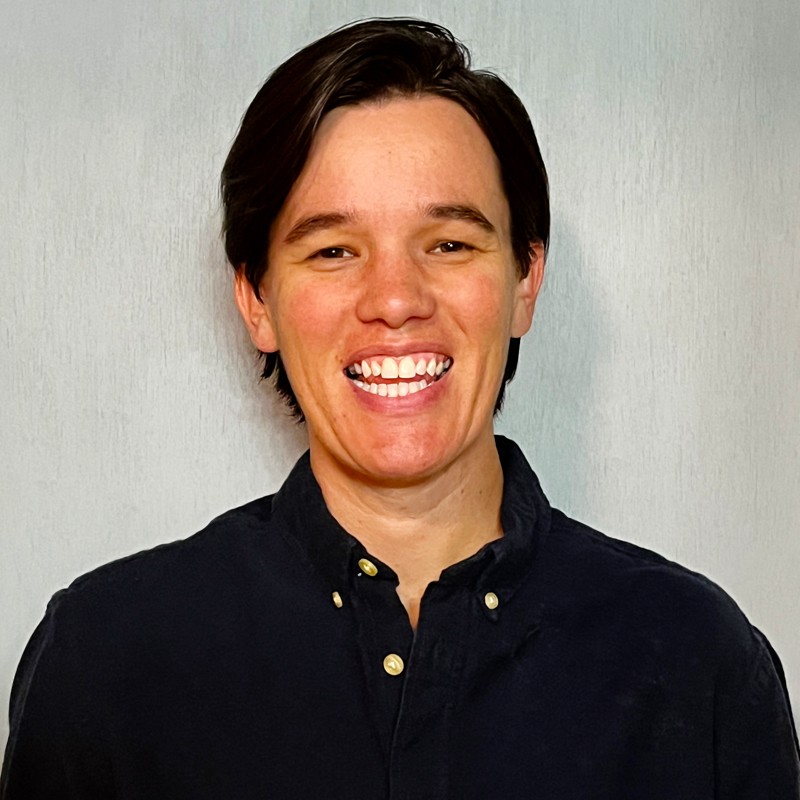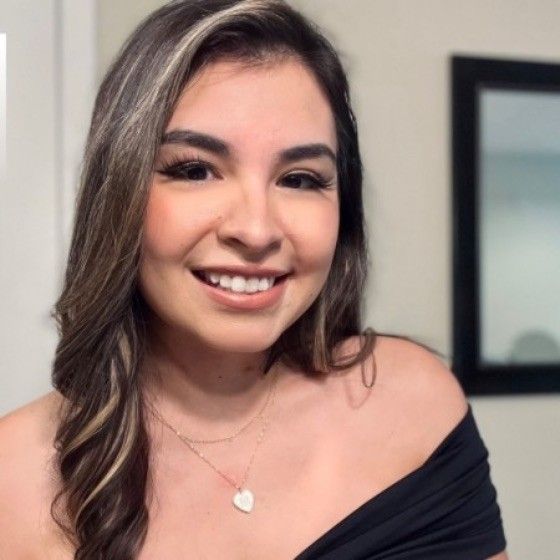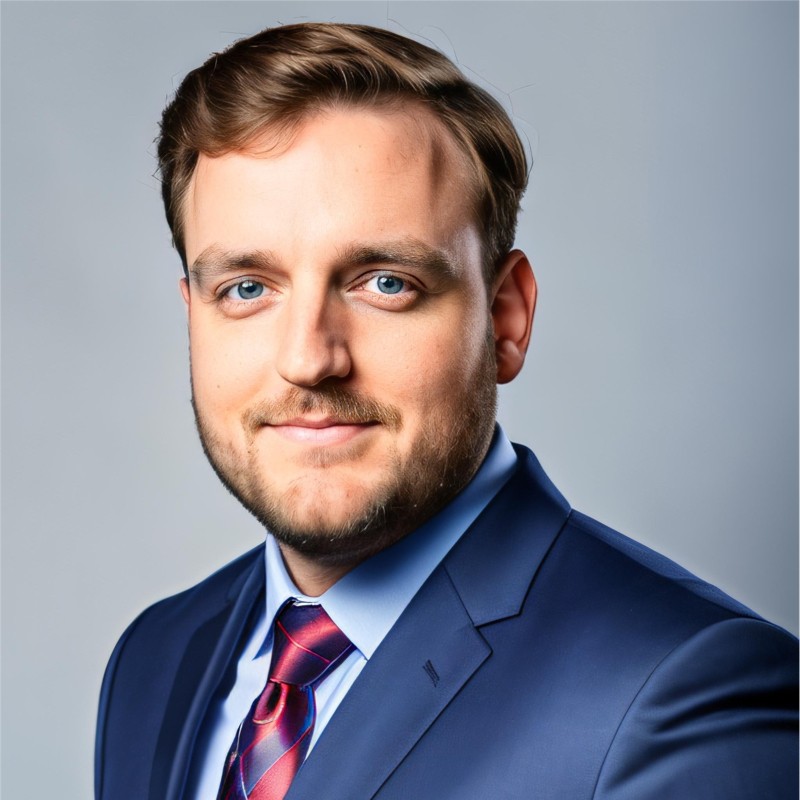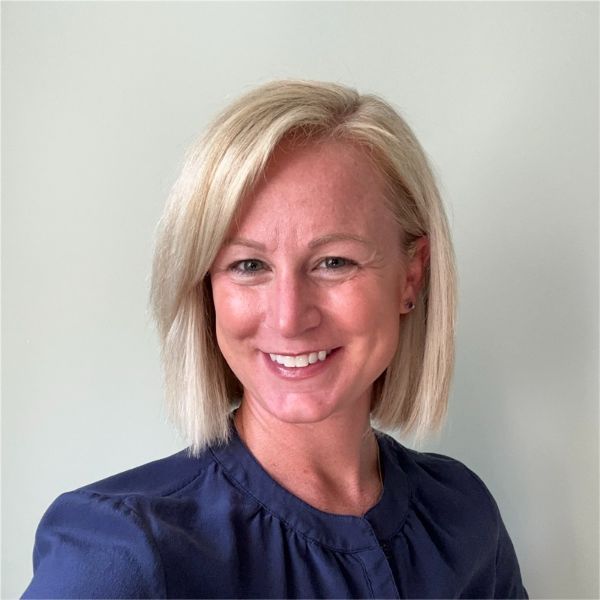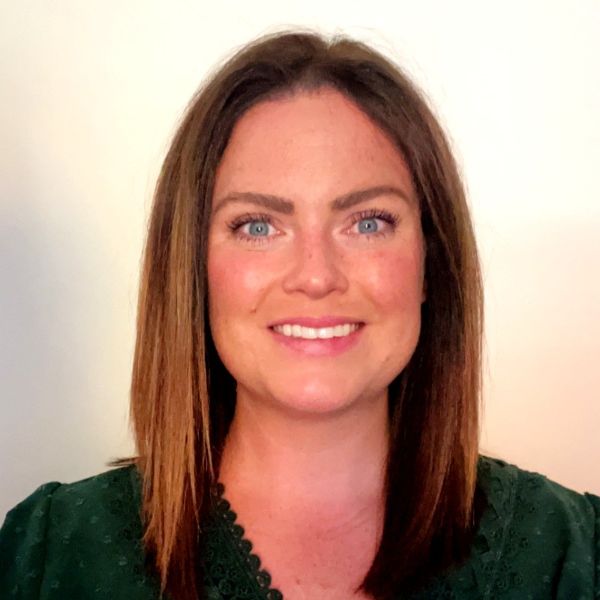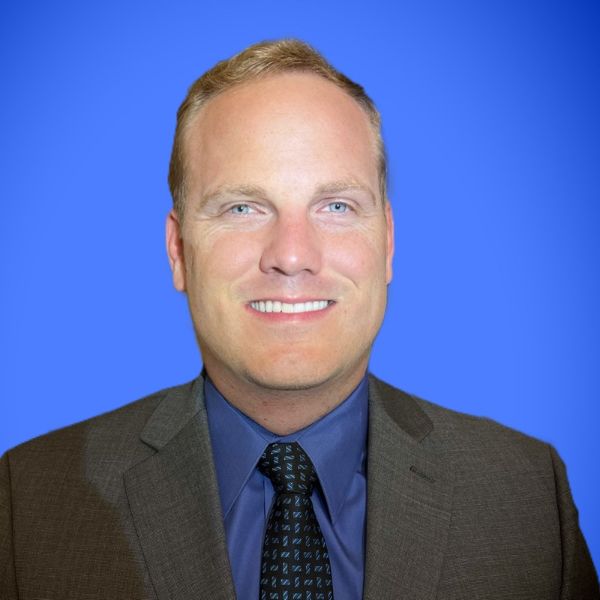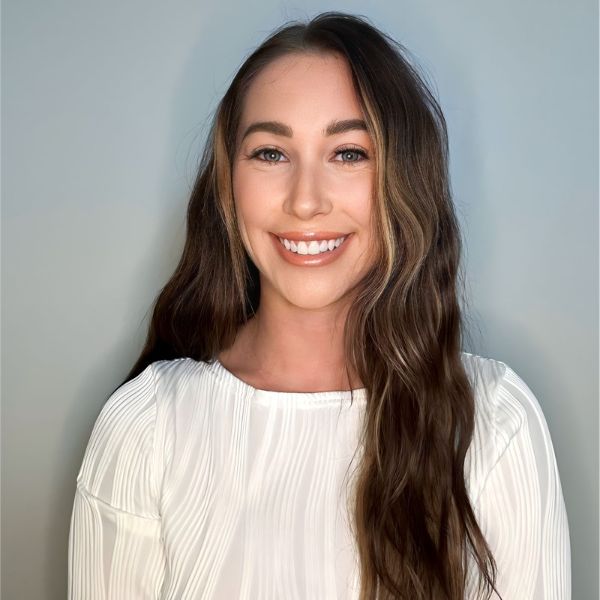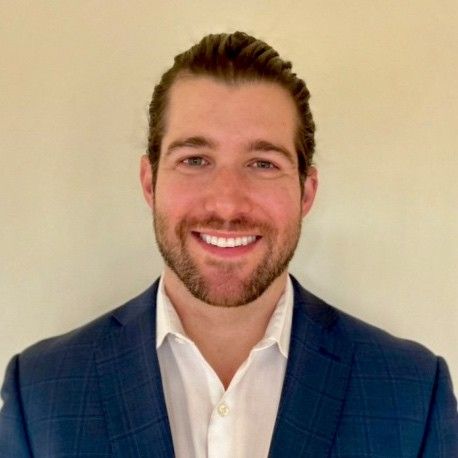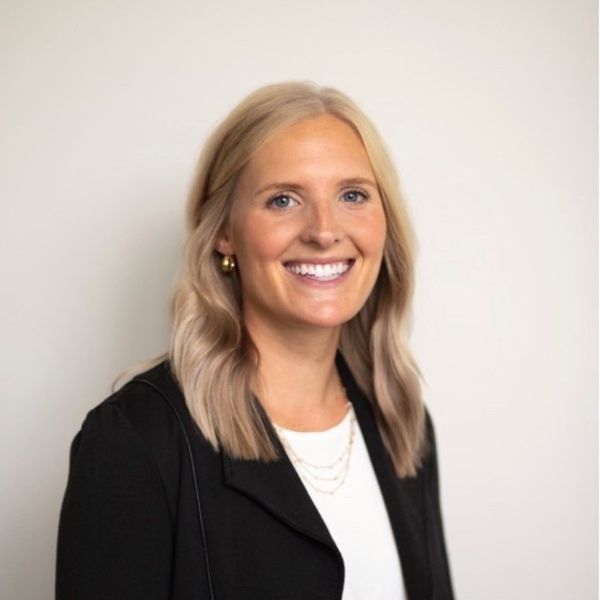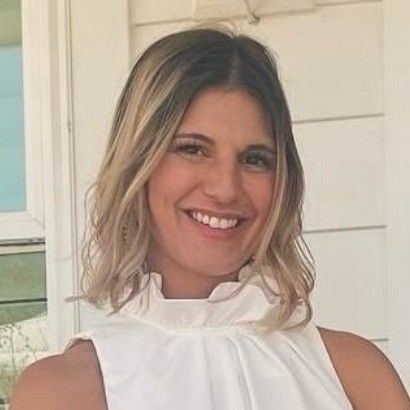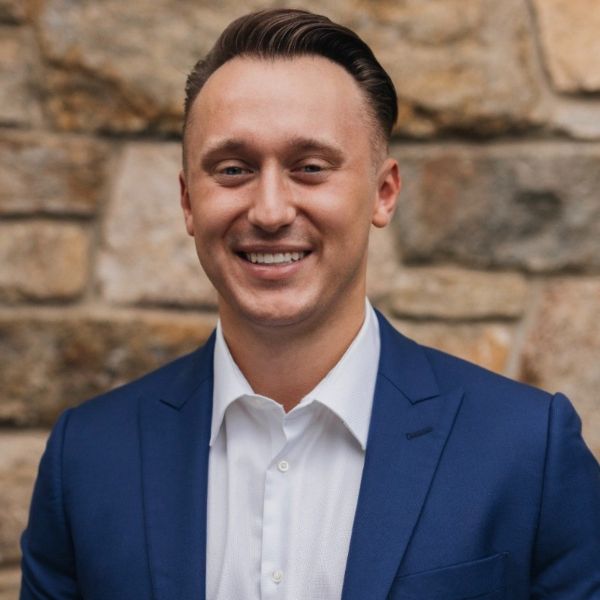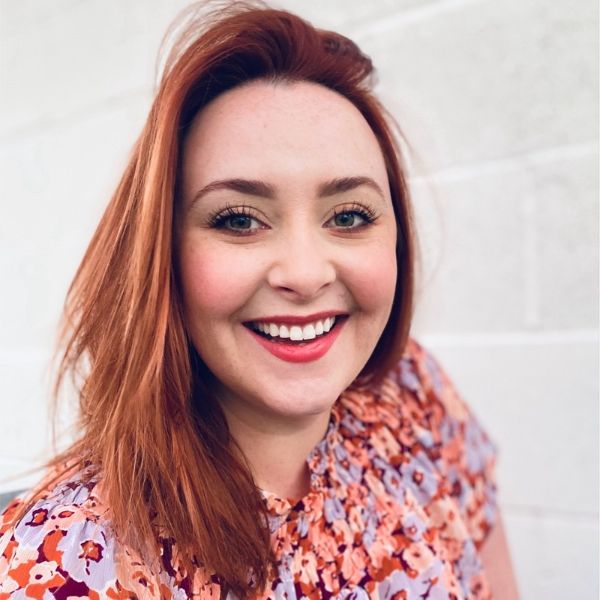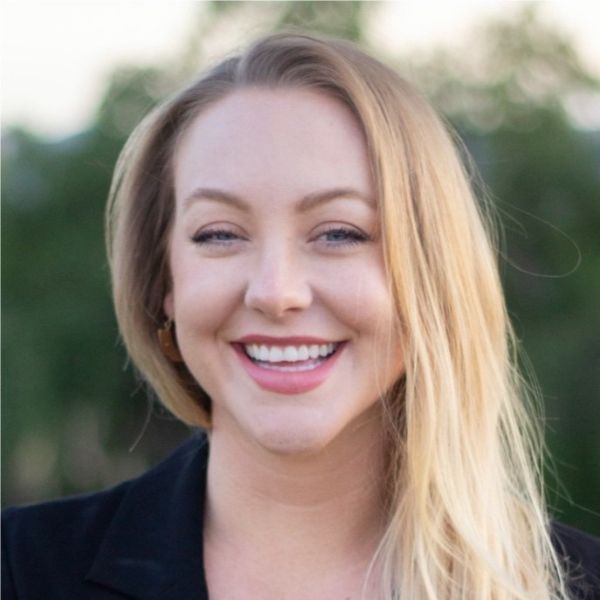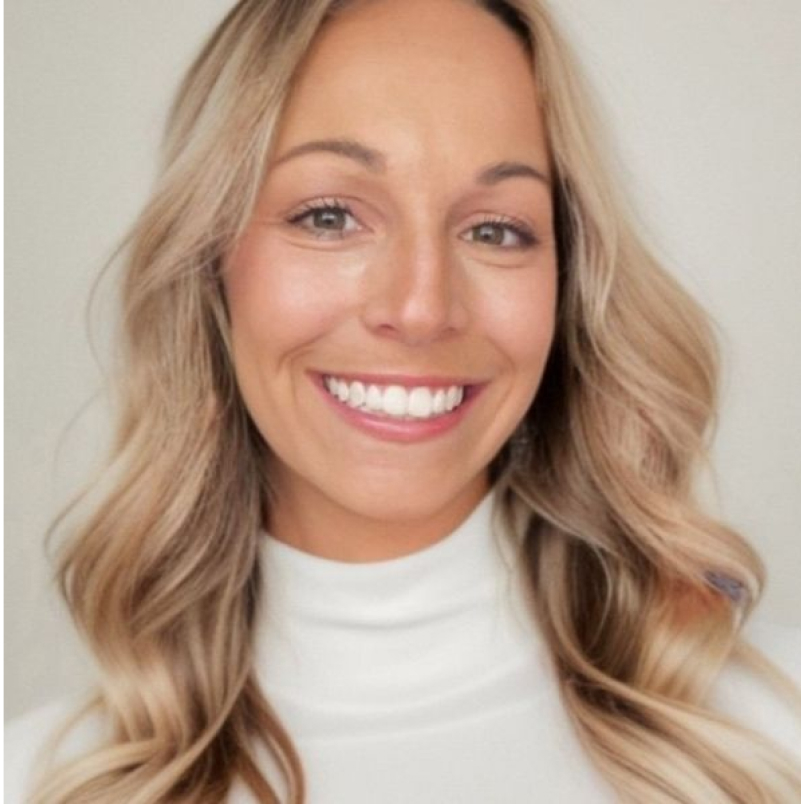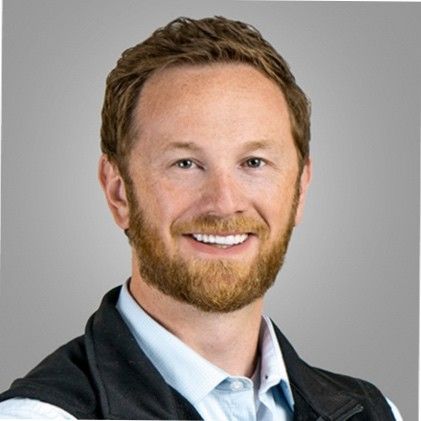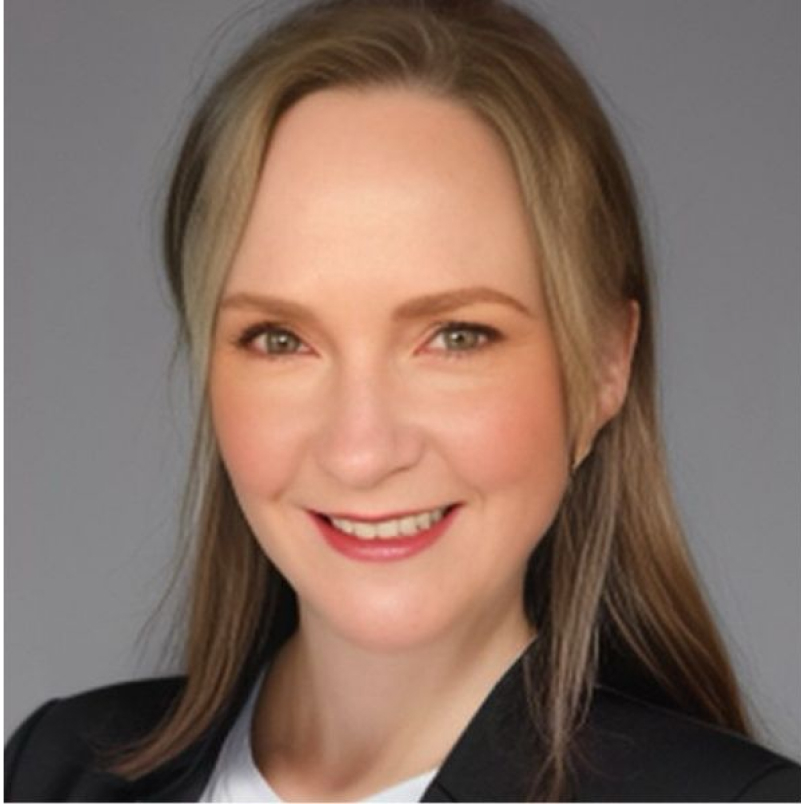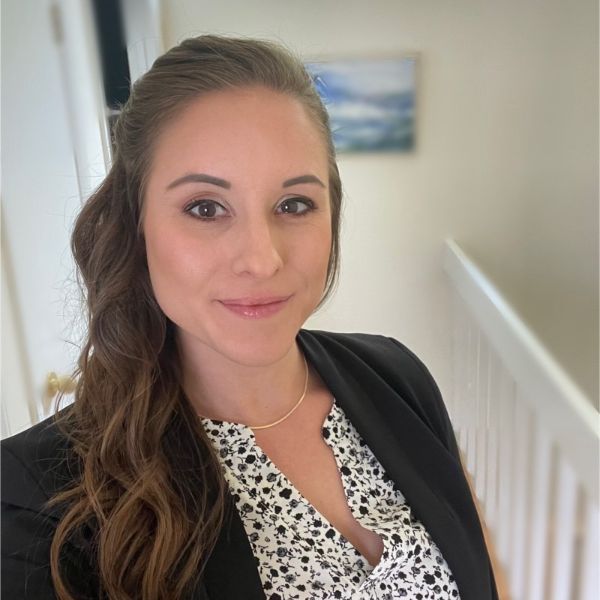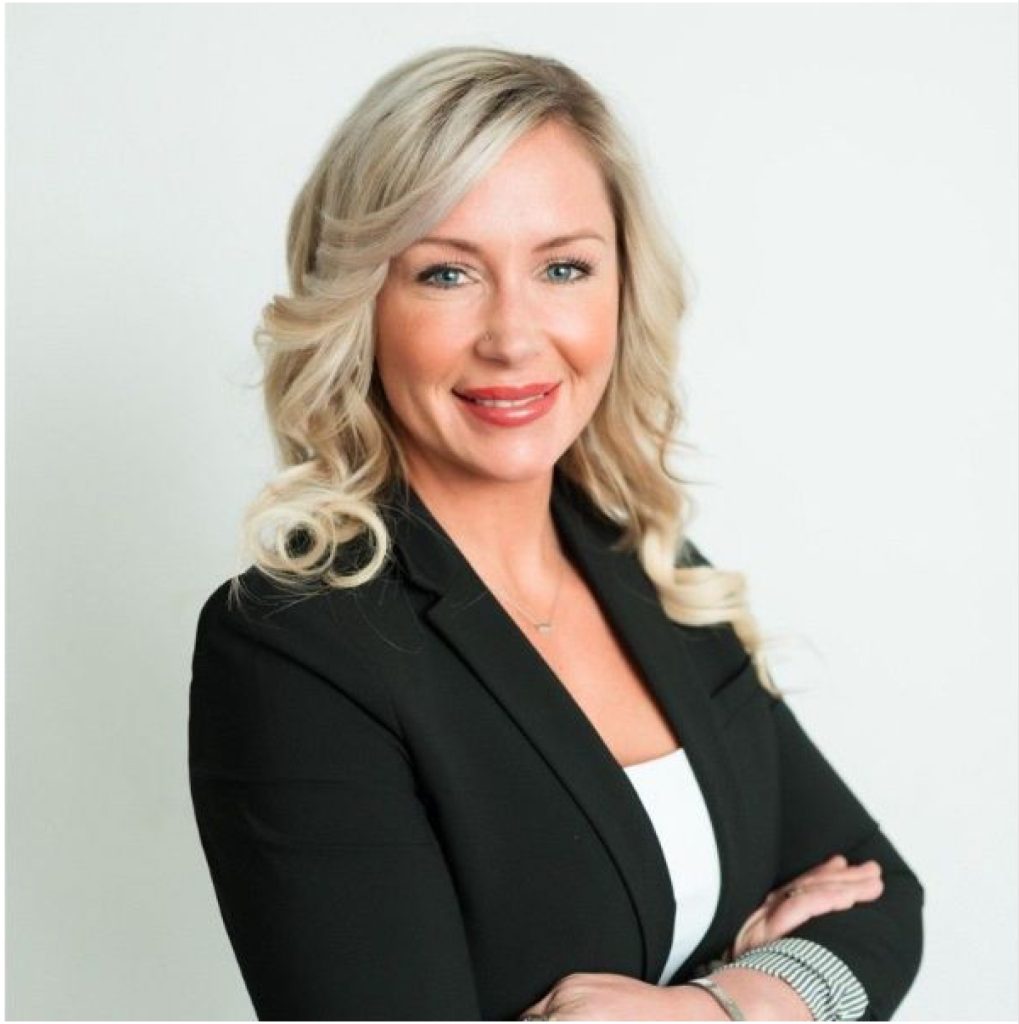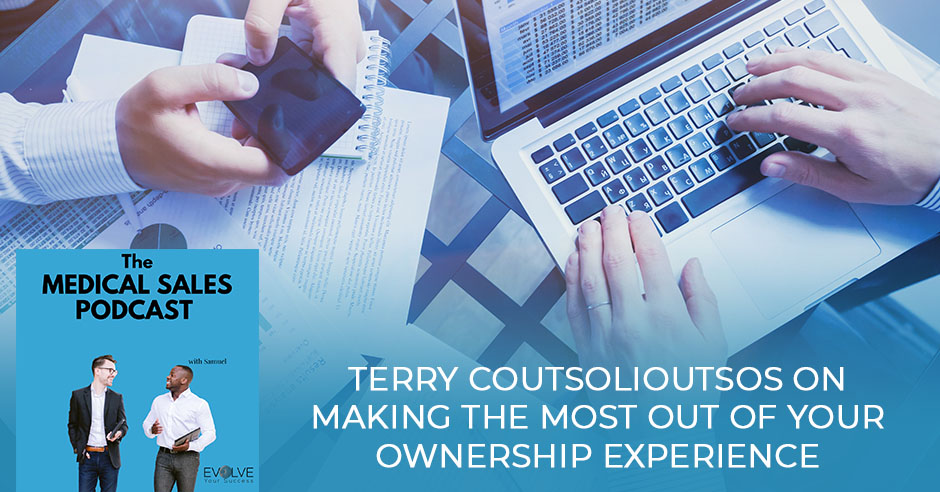
The last thing you want customers to be saying is that they are not satisfied with the medical products or services you are offering. To avoid putting yourself in such an embarrassing position, you must make the most out of your ownership experience. In this final part of their three-part series, Samuel Gbadebo talks with Terry Coutsolioutsos of Siemens Healthineers. Together, they discuss how to deliver the right value to your clients, focusing on its human element and transformation rather than mere sales tactics. Terry also talks about his leadership style of coping with the unending evolution of the medical sales industry, dispelling fear that ultimately hinders progress.
—
Watch the episode here
Listen to the podcast here
Terry Coutsolioutsos On Making The Most Out Of Your Ownership Experience
This is our last part with Terry Coutsolioutsos. We had such a robust discussion around the experience that customers face now, specifically medical device sales companies, but healthcare sales companies in general, and B2B companies, any company that’s offering a service in a B2B setting. The customer and what they want to see from sales reps is changing. COVID has played into it. It isn’t the buying experience, but it’s also the only experience.
That’s where we get into part three with Terry Coutsolioutsos. We talk about what the owning experience needs to be for the customer and how companies need to think to make sure they’re getting that value to the customer and the customers aren’t regretting getting those products, services and looking for a competitor. We also get into some of his leadership style, his own life philosophies and how sales reps can show up, leaders can show up and how he continues to show up in his career. We hope you enjoy this interview.
—
Things are evolving and Millennials are all about the experience. At the end of the day, they are and so are the Ys and so are the Zs. They’re going to own 70% of the business-to-business buying influential market in a few years. There’s a lot of change coming with that if you want to be successful.
Let’s talk a little bit about ownership, beginning with what you guys are trying to do in front of that ownership piece.
There are a couple of things. When we look at it, we’re creating a customer journey map. We’re looking at the buying journey and the owning journey. We’re looking at what the customer is and we map out what we think. We’re starting to talk to customers to validate our assumptions and our hypothesis, but what do our customers doing on the buying part of their cycle then once they’ve bought it? They’ve signed an order and we’ve shipped them something. You then go into the ownership side and that’s where the ownership experience comes into play. Siemens is a very complex environment. We have customers that are buying multiples of millions of dollars of technology solutions with large imaging, large laboratory diagnostic, equipment automation and robotics. There’s a lot of installation.
[bctt tweet=”It takes four times the amount of energy to get a newly converted customer than to keep and grow an existing one.” username=””]
A lot of times, we’re coming in, we’re knocking walls down or we’re a part of building a building and we’re rolling in magnets for MRs. It’s big stuff and we’re working on patient flow. When you talk about the ownership experience, it’s what it’s like to deliver something of that size. What’s it like to install something of that size and the complexity of the installation? Once it’s there, you have to educate because you’re helping them transform too. You have got to educate the users on how to use the technology because you want to make sure that when somebody’s spending millions of dollars in investment on technology, our job is to help them get the return on the intended investment. Part of that is educating their people and making sure they’re using that.
It’s about servicing and making sure that equipment is running optimally and not causing workflow problems. If an MRI’s not working, that’s going to cause complexity, hardship and pain for the healthcare system. All of a sudden, they have to start diverting patients to different places, they’re not capturing revenue and patient satisfaction is dropping. You are becoming a partner in that ownership cycle because the goal is that you’re creating such a good experience that they become a loyal partner. When they want to buy more of your category of stuff, they’ve had such a good experience that they’re going to say, “I need three more of these things,” versus, “I need three more of them, but I’m going to put them out to bid because the last project didn’t go very well.”
Even better yet that they become a champion or an advocate for your organization, when you’re trying to convert a new customer, get a new logo and they say, “Can you give us three large healthcare systems like ours? Can you give us three references? Can we call them and ask them how it went?” They become an advocate or they get up on the podium and they say, “This solution saved 10,000 patients or saved $6 million or it created a better patient outcome or a better workflow or it made us provide better service to our communities.” Those are the types of things that we’re trying to create in that ownership cycle where we’re deeply embedded because here’s the thing as a seller. It takes four times the amount of energy to get a new converted customer than to keep an existing one and grow it.
You should spend a lot of time growing that customer base. Depending on your solutions as an organization with a healthcare customer, you should spend more time trying to understand how do you infiltrate other departments and divisions. How do you bring solutions to different parts of that hospital because you’re already there? Versus flipping a new logo is going to mean much more disruptive aspects of more effort, less certainty. It’s harder because you’re asking the customer to change something too. When you’re selling something, you’re selling transformation to a customer. You’re selling change. You have to be an agent of transformation to be an effective seller. I would say I was a seller, but I don’t think I’ve ever sold anything to anybody in my life. I think I’ve convinced a lot of people to buy.
You got to talk a little bit more about that. Can you say that one again?
I think good sellers don’t sell. When I sold the cardiac rhythm management product, I used to tell the team, “You guys are professional salespeople,” and they’re like, “I’m not a seller. I am not a used car salesman.” Most of my team back then, at least half, were either technicians or nurses in healthcare and they got into that pacemaker space early on. They had this negative connotation of a seller and again selling ice to an Eskimo. Do you remember when people would say, “What a great salesperson that person was? They could sell ice to an Eskimo.”

I don’t think that translates well, to me personally. If you want to use the word sellers, great consultants help their customers buy the right thing that’s good for them. I think sellers are company or product or seller-centric and the people who convince customers to buy are customer-centric. On your approach, whether you’re looking on the outside in or whether you’re sitting with the customer and looking at it from the customer’s perspective, I think that’s when you convince people to buy.
Those are the ultimate salesmen though, the ones that convince people to buy. The ones that are fully customer-centric and invite the customer into a solution that they need.
It’s a matter of semantics. As I said, I’ve never felt like I have sold anybody anything. I’ve felt like I’ve convinced a lot of people to buy stuff. You got to be real with them. Some of the best learning examples were, I was selling this thing called the Wallstent it was a very flexible product. We used to compete against J&J. They sold this PALMAZ stainless steel, very rigid stent. I can remember being in cases where there was certain disease morphology that a rigid stainless steel product, that my competitors were a better option for the patient than mine.
I used to have doctors say, “You’re here. I’m going to use yours.” I’d be like, “No, that’s my mom or my grandmother. Go pick the J&J one or go pick the Cordis one.” The doctor would be like, “What?” I’m like, “Yeah.” That only happened 1 or 2 out of maybe 30 or 40 situations but when you do that, your customers look at you differently. They trust you and that’s all about building that trust and doing the right thing at all times, whether it’s for the patient or the customer. It may not be the best thing that’s for you but, I had no problem. I was successful enough times that I could throw my competitors a bone every now and then because it was the right thing to do.
Would you say with all this change and where we’re all headed, we’ve already established that you still need to talk to the salesperson. You still need to talk to someone at some point. You’re saying that Millennials want it from more of a question reference point, but would you say that there are more personnel and in-person interaction on the ownership side? Almost as we continue, there’s going to be even less engagement with the seller on the buying experience. Ultimately, the buying experience might even be 70% or 80% even in the healthcare space, but as that grows, there’s going to be more necessary in-person interaction on the ownership side.
[bctt tweet=”To be successful, you have to sell every possibility to your existing customers.” username=””]
I came out of this Gartner Conference and what I have been reading is that to be successful, you have to make sure that you’re selling every possibility inside of your existing customers that you have and really work those. That goes into that buying experience. On our side, once the customer signed an order, the work is beginning. There’s a lot of work that goes into owning our stuff. I’ve sold other products that are implant-oriented, it’s a much more renewable, consumable-type product, but it’s still that ownership doing that implant experience. A lot of companies have people in the room. They have the constant training and connecting people together. That ownership experience is critically important because it helps you keep your business.
It also helps you keep you engaged where you can leverage successes in one part of the hospital to other parts of the hospital or other locations. Again, when you’re selling in healthcare, for the most part, the landscape of healthcare has changed from individual hospitals to now like healthcare is corporate. You look at healthcare systems like HCA Healthcare Corporation of America. You look at Kaiser Permanente. You look at CommonSpirit, which is the new merger with Dignity Health. These are massive organizations that generate $50 billion, $60 billion. They are truly Fortune 500 type size companies with hundreds of thousands of employees. Just because you sold it in one hospital, you as an organization can start trying to figure out how to leverage and work your way through those hospital systems differently than you could before.
If you can’t sell at a hospital system level moving forward, I think down the road with another transition, there’s going to be 500 hospital systems in the country versus 2,000 or 3,000. I think you’re going to continue to see healthcare consolidate and it’s going to be delivered in the community too. You can’t drive down the street in your neighborhood anymore where you don’t see an urgent care center or a micro-hospital or an imaging center or LabCorp or Quest. If you think about it, it used to be when something was going wrong, you went into the hospital. No matter where you were, you were driving 15, 20, 30 minutes to a major hospital.

Now, you’re driving down the street. It’s in Walgreens and in CVS. Everywhere you turn, I have no doubt that in a Walmart and you’re going to have big-box retailers having healthcare. They already have the eyeglasses in Walmart. It’s all going to go in that direction instead of there’s more constant. It’s about the experience and convenience. We talked about Millennials from a B2B perspective. We’re putting health care where people can get it in time. By the way, now you can get it on this. It’s totally evolving.
You feel that the conglomeration of healthcare and the way that we’re going to have much less individual operations and much more VQ with massive organizations. How do we get the impact and the quality of the healthcare that could be received by the patient?
Anytime there’s change, there’s always sorts of variability when change happens but I do think that when we talk to healthcare systems, there are four big things that they think about. They think about the precision of medicine and removing variability out. They’re trying to create a more standardized approach to healthcare. When you go moving things out of one building and you move it into 20 or 30 in the community, there is lots of variability. It’s one place, now you have 30 places. There are all sorts of opportunities for deviation, knowing that a human element is involved. With systems and protocols in place, healthcare is in a much better position to deliver and reduce that variability better than ever.
You do need to have some adaptability. It’s human. The world’s not consistent in every approach, but it’s about precision in medicines and transformation of care. It’s about patient experience, digitalization and data and how we’re using all of these things to standardize how we deliver care. Machine learning and AI, we’re all trying to go and deliver protocols, systems and robotic process automation. Those things will start. There are things that will be reproducible from a machine learning perspective that will keep things more standardized. It will allow for more creative or more of the art side versus the quantitative side. We can go quantitative at a certain point, but then sometimes you got to use your brain. Sometimes we have to think.
I don’t think this is going to be a total machine robotic thing. These are people, but I think people will be used differently. Healthcare, for the longest time, has been one of the most inefficient business models ever. It’s a complex world but it’s getting better every day. I know that the healthcare leaders that are in place are delivering transformation for healthcare in America. We’re in a good place. I think we do a lot of things well and from a Siemens perspective, we’re trying to create that great buying and ownership experience for our customers so they can go at the end of the day, deliver the best healthcare and the best quality of healthcare at a lower price because that’s the other thing.
[bctt tweet=”If people fear things, they won’t move very fast, if they move at all. Most of the time, they only run in the opposite direction.” username=””]
What’s broken about healthcare in North America is not necessarily the quality of care, but it’s changing. How I look at it personally from my perspective years ago, my premiums were probably 1/3 of the price so were my deductibles. When I go to the doctor, I have to ask questions like, “How much is that going to cost me?” I needed an MRI the other day and now I’m shopping around for imaging centers to get how much is that going to cost me out of my pocket.
Terry, this has been an amazing time to spend with you and talk about these issues. What I want to come to a close with is, you have a unique perspective and experience because you started as a sales rep. You went through the ranks, truly hard knocks and now you’re here. You had so many different leadership positions and literally, your role is on the cutting edge of what’s going to happen in the future. How do I identify the trends and what to do about them? What’s your overall philosophy about this life and how you manage things that you’d like to share with our readers?
What do you mean by that and be more specific on the question?
What theme would you say you operate by?

At the end with me personally, let’s talk about change. When you say the word change, psychologically, that’s a scary word for people. When you say change, everybody will be like, “Change.” The world is always changing. I believe that the human species transform internally to adapt to changes around us. That’s where my leadership style is constantly evaluating and assessing the change in environment and landscape, whether it’s internally in the organization, disruptive things happening in our marketplace with our customers or with our competitors or with new revolutionary therapies or policies or things like that. They’re going to change the way we do business or change the way our customers do business.
How do I help our team understand what’s changing? They need to understand, if something out here that is happening, in order to get that buy-in for people to want to willingly transform. When it comes to transformation, 10% are going to line up in front of the line no matter what because they love chaos. They want something new. On the other side, you got 10% that are wearing the cement shoes and they’re never going to change. They are going to be the same people no matter what. There’s 80% in the middle that wants and are waiting to transform. It’s up to us as leaders as to how much and how fast those people accept and are willing to transform in that process.
You’ve got to create a great story and understanding of the why and the wisdom. What’s in it for them for the change? One thing I’ve developed over time is a much better why. I personally don’t need a lot of why when somebody asks me to do something, but I think of me as a leader, I’ve learned that a lot of people need to understand deeper and understand what is going on and why we’re doing it. As a critic, a really clear vision for people. What does the other side of transformation look like? It needs to feel like a warm, sunny beach, not old, icy water. Those are the things that when I think about organizationally is that here’s what’s happening. Here’s what’s in front of us. Here’s what the data says. Here are different options for transformation in order for us to be successful in this new change in environment, then how do we get there?
How do we modify ourselves from a people perspective? How do we modify ourselves process-wise? Is there technology investments that need to be incorporated into some of this transformation? Not all transformation. When people think about the transformation they’ll automatically go to all digital. It’s like, “It’s all about technology.” You got to get your processes and your people transformation done before you even invest in the technology because if you put bad processes in the technology, it’s still bad. We spent a lot of time talking about what needs to change behaviorally? What needs to change process-wise? Do our people have the right skills to take on this transformation?
[bctt tweet=”You will never get 20% of the people, so focus on the 80% instead who are waiting and looking for a good reason to transform.” username=””]
Do we need to skill people up? Do we need to give them some development to get them ready for transformation? That’s another reason why people are reluctant to transform is they don’t have the competency. They don’t understand. They don’t feel comfortable. You’ve got to do all these things because change is a scary word, so you need to help people feel less intimidated and less fearful because fear is a hindering factor for transformation. If people are fear of things, they don’t move very fast. If they move at all or they run in the opposite direction.
That’s what I would say about moving forward. It’s about understanding the landscape and what’s changing. Doing some research, scaling and developing options of transformation, then visualize with your team what does that transformation looks like before you start. I don’t mean over-processing it either because I’m not much of a process person, but I think that you need to get as much collaboration, much alignment as possible and get at least half your organization moving in that transformation. As I said, 10% aren’t going to. You’re never going to get everybody but you can get the 80% that sits in the middle that is waiting and looking for a good reason to transform.
Terry, it was excellent having you again on the show and thank you for all the knowledge you’ve shared with us. We have to do this conversation on a different episode but thank you for being with us.
Sam, thank you. I enjoyed it. Hopefully, it made sense to you and your readers. I think what you’re doing for folks that are in the medical device or pharmaceutical space that want to get there, adds a lot of value to the marketplace. I certainly wish I would have had something like this when I started my career, so I hope people are taking advantage of it.

Thank you for the time.—That was the last part of Terry C’s great interview. He shared so much. If you didn’t get a chance to read the first two, make sure you go back and read them because he gave us so much value and insight into the buying experience and the owning experience. What he’s done in his career and how he continues to show up and the best ways for companies to continue to lead and get the most out of their teams.
Again, if you’re someone that’s reading these episodes and you’re thinking to yourself, “I want to do something different.” Whether you want to hop into a medical sales role or transition into a different space within healthcare sales, then you need to make sure you visit EvolveYourSuccess.com, select Attain a Medical Sales Role and fill out the application. If we see that you’re a good fit, you’re going to connect to one of our client specialists. We’re going to talk to you about how you can get the position you want.
If you’re someone in sales and you’re thinking about your career, you’re reading about what Terry had to share. You’re saying, “I want to make moves like that. I want to do something dynamic in my career. I want to show up differently this year. I want to make some big changes, some big moves.” Again, visit Evolve Your Success and you can also select Attain a Medical Sales Role or Improve Sales Performance and get in contact with us. You can reach out to us on LinkedIn. You can find me under Samuel Adeyinka. Send a connection request or send a message and one of our client specialists or myself will get in touch with you and show you what you can do to get your career where you want it to go. We always do our best to bring you wonderful guests every single week and bring you value and new information about the health care sales industry. What’s changing, what’s happening from people that experience it and we will always continue to do so. Make sure you tune in next time for another episode of the show.
Important Links:
- Terry Coutsolioutsos – Previous episode
- Siemens
- Samuel Adeyinka – LinkedIn
About Terry Coutsolioutsos
 Transformational sales, marketing, and sales operations leader.
Transformational sales, marketing, and sales operations leader.
Key Experiences: Regional, Area/Zone and National Field Sales Leadership, Enterprise Wide Strategic Accounts Leadership, and North American leader of Marketing, Sales Operations, and Communications.
Specialties: Revenue development and generation, strategic business planning, sales execution, CRM and Tech Stack Execution (Design, Development, and Adoption), digital and sales process transformation, sales education and skill development, empathetic and accountable leadership, talent acquisition and development, pricing and contract negotiations, organizational effectiveness (structure and alignment), and Winning Sales Culture initiatives.
Love the show? Subscribe, rate, review, and share!
